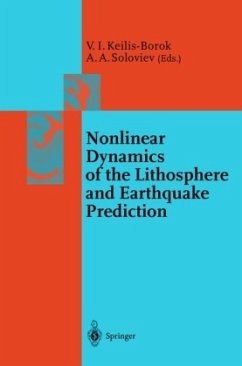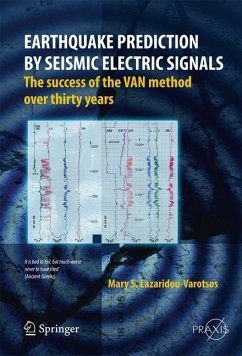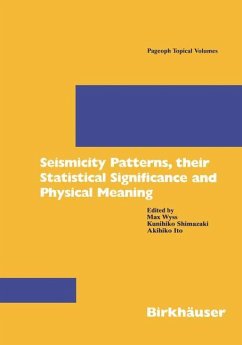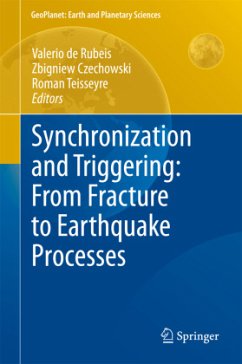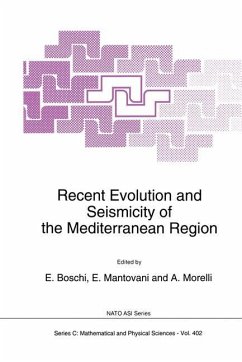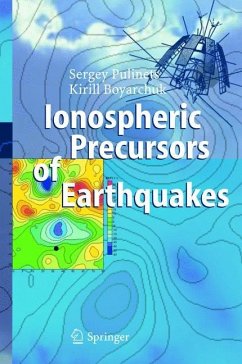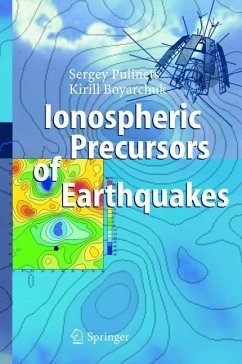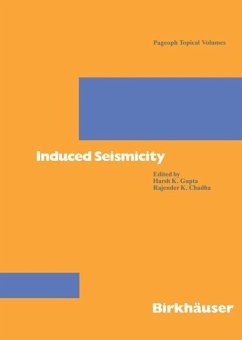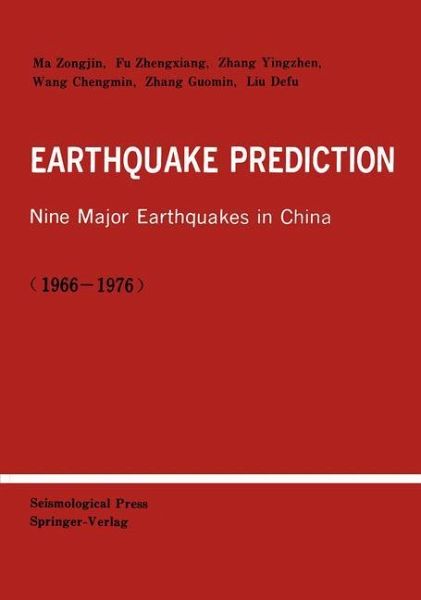
Earthquake Prediction
Nine Major Earthquakes in China (1966-1976)
Versandkostenfrei!
Versandfertig in 6-10 Tagen
76,99 €
inkl. MwSt.

PAYBACK Punkte
38 °P sammeln!
Floods, earthquakes, hurricanes and typhoons are the major natural disas ters in the world, among which the least understood are seismogenic processes_ With highly concentrated populations and rapidly developing economy, social requirements for earthquake prediction are becoming more and more pressing. The seismic region in Mainland China is situated at the eastern edge of the Eurasian seismic system, and is the largest intracontinental region of shallow strong earthquakes in the world, as a result of the collision of the Indian Ocean plate and the underthrusting of the west Pacific Ocean plat...
Floods, earthquakes, hurricanes and typhoons are the major natural disas ters in the world, among which the least understood are seismogenic processes_ With highly concentrated populations and rapidly developing economy, social requirements for earthquake prediction are becoming more and more pressing. The seismic region in Mainland China is situated at the eastern edge of the Eurasian seismic system, and is the largest intracontinental region of shallow strong earthquakes in the world, as a result of the collision of the Indian Ocean plate and the underthrusting of the west Pacific Ocean plate. Since the beginning of this century, there have been on average two strong earthquakes of Mover 7 every 3 years,of which at least one has caused catastrophic losses. From 1966 to 1976,China was struck by successive large earthquakes, of which nine with M over 7 (that is, the 1966 M7. 2 Xingtai earthquake;the 1969 M7. 4 Bohai earthquake; the 1970 M7. 7 Tonghai earthquake;the 1973 M7. 9 Luhuo earthquake; the 1974 M7. 1 Yongshan earthquake; the 1975 M7. 3 Haichang earthquake; the 1976 M7. 4 Longling earthquake; the 1976 M7. 8 Tangshan earthquake; the 1976 M7. 2 Songpan earthquake) occurred in the densely popu lated areas east of longitude 98 0 E, causing very severe casualties and damage. According to statistics, about 300,000 people have been killed by these earthquakes.





